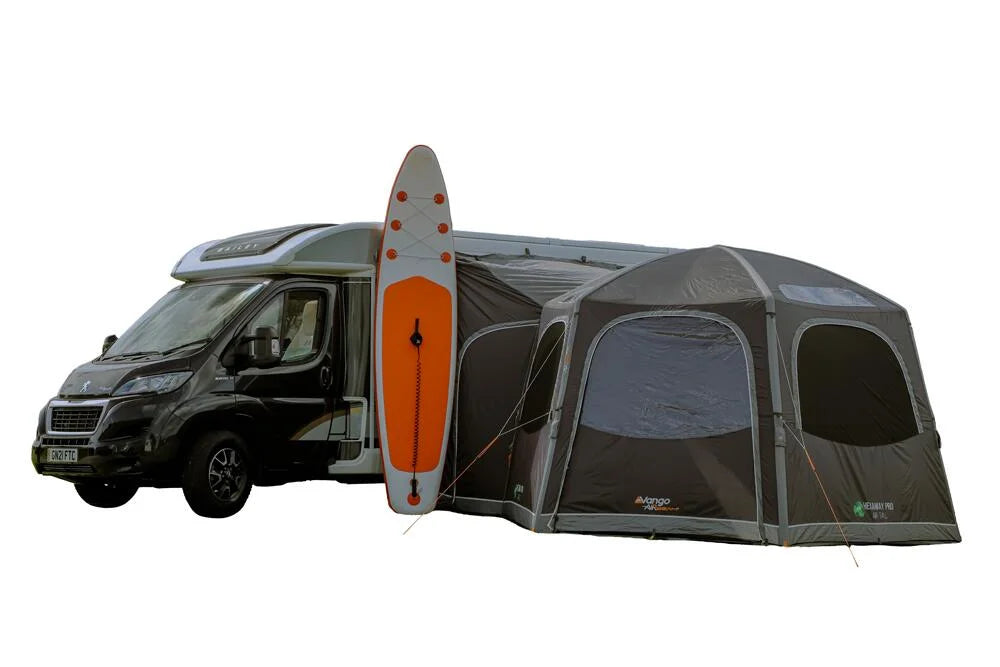Avoncliff to Freshford circular walk
To keep BCH Camping customers’ feet twitching in the right direction, we’re bringing you regular blogs of local and national walks, now that we can “follow the science” and get out and about within safety guidelines.
This blog features the popular Avoncliff to Freshford circular walk in Bradford-on-Avon. This is a walk that packs a punch. It may only be just over four miles long, but it takes in Italianate gardens, an ancient manor house, woollen mills, a canal aqueduct, and pillboxes built to protect Bristol from enemy invasion in 1940. And surely no walk is complete without a Carthusian friary? Yes, this walk has one of those too!
Avoncliff to Freshford walk facts
Length of walk: Approximately 4 miles
Approximate time: 2.5 hours for the walk without stops
Terrain: Some potentially muddy sections. Otherwise, footpaths, fields and quiet country lanes
Avoncliff to Freshford walk route
You can start the walk from the car park on the south side of the river at Avoncliff. Alternatively you can start at the train station and cross over the aqueduct, into the village. The aqueduct carries the Kennet and Avon Canal, and the Bath to Westbury railway line, over the River Avon. It was built between 1797 and 1801 and is a Grade II listed building.
Before you set off, you might want to visit the Cross Guns Inn on Bradford Road, Avoncliff, which you will find by passing under the aqueduct. It dates back to 1550 and is the perfect example of Cotswold stone and expert masonry. Inside you’ll find old gables, wooden beams, stone floors, and roaring fires. The outside has lovely terraced gardens with fine views of the railway aqueduct and the canal.
Avoncliff to Freshford
From your starting point, pick up the Kennet and Avon Canal and follow the towpath west, keeping the river to your right and the large yellow building, Ancliff Square, to your left.
A little way along the path, you will find a building and courtyard. It was built for millworkers in the 1790s and converted to a workhouse in 1835, before becoming a war hospital in 1917. Later it became a hotel, and has since been converted into 12 residential units.
About halfway along, the path to Freshford crosses from Wiltshire into Somerset. You’ll reach a kissing gate that leads you onto a shady path, after which you will see a pillbox by the railway embankment across the river.
Carry on through a meadow and along a riverside path, the end of which brings you to Tess’s Gate which leads into a field. Just ahead is where the Frome and the Avon meet, but you cross diagonally across the field beforehand, past another pillbox and through a kissing gate, before turning right across the bridge to the Inn at Freshford and the station.
Freshford to Avoncliff
Carry on across a bridge over the River Frome, and after 100m turn right through a kissing gate where you will see two tracks. The one bearing left is the official footpath but if you want to walk alongside the river you should take the other unofficial path that heads towards a pillbox. Both paths lead to the same point. On the far side of the field, go through a kissing and turn right along a lane.
Take a left to walk alongside the river, and you will see another pillbox on the opposite bank. After passing Freshford Mill, which has been converted into housing, the lane crosses a bridge to follow the right bank of the river. At the fork in the lane, take the left fork past another pillbox. On your right you’ll see Dunkirk Mill. The mill was built around 1795 and is yet another historic building that was converted into housing in the 1970s. Opposite its gateway, you should turn left along a footpath.
You’ll go through a gate at the end of the footpath, after which you should carry straight on with the fence to your left. This open space is the site of a Carthusian friary, where the lay brothers of Hinton Priory lived and worked. The Carthusian Order, also called the Order of Saint Bruno, is a Catholic religious order of enclosed monastics that still exists today, but not at this location. The order was founded by Bruno of Cologne in 1084 and included both monks and nuns. No trace of the friary survives above ground.
From the friary, go down two sets of steps, across a brook, and turn left along a lane. Almost immediately right, walk along a rough track. Go through a five-bar gate, across a meadow and through a kissing gate into Friary Woods.
At the end of the woods, go through a stile and carry straight on across a large field. After going through a gate at the end, turn left along a lane past Iford Mill. A little further on, a bridge leads across the Frome back into Wiltshire. Ahead is Iford Manor with its stunning gardens, designed by Harold Peto on a steep hillside in the early 20th century. Here you’ll find antique columns, sculptures and sarcophagi, a Japanese garden, Italianate cloisters and a Roman-style terrace.
From the gardens, go left alongside the river and follow the lane as it curves steeply uphill. At the top, after you’ve passed a turning to Iford Fields, bear right at a T-junction and carry on along the road for 500m. After Orchard Close on the left, continue for another 50m, before climbing steps on the right to cross a slab stile.
Carry on along a path through a kissing gate and a hand gate. At a cross path, carry straight on alongside a wall to reach Westwood church, which is worth a visit. Its perpendicular tower, dating from around 1500, is regarded as one of the finest in Wiltshire. Inside, you will find fine examples of medieval glass, and a carving of the Westwood Imp, a predatory devil, over the font.
From the churchyard turn left into the grounds of Westwood Manor, described as ‘a perfect Wiltshire manor house’ by Nikolaus Pevsner, a German-British art and architectural historian best known for his 46-volume series of county-by-county guides, The Buildings of England.
Westwood Manor was sensitively restored by Edgar Lister, who bought the manor in 1911, maintaining its 17th century authenticity. Lister also collected tapestries and early keyboard instruments, and upholstered the antique furniture in the house in historically appropriate styles. The manor was bequeathed to the National Trust on his death in 1956.
From the manor, you should go back through the courtyard and along the path to the slab stile. Turn left along the road and after 50m, turn right along Orchard Close. After 50m, turn left along a footpath, and after another 30m go right along another footpath. At the end, carry on along a road, and, when it swings left into Bobbin Lane, carry straight on along a footpath. Carry on until steps lead down to a road with a wall letter box opposite. Turn left and continue for 25m, before turning right down a lane.
After 65m, look for two footpath waymarks on the right. Follow the left-hand one downhill through beechwoods, go through a hand gate at the bottom and carry straight on down the lane ahead to Avoncliff.
Get ready for walking with BCH Camping
BCH Camping supply a wide range of clothing, footwear and walking equipment to ensure that you’re fully prepared for enjoyable walks in the British countryside. Our products can be ordered from our online shop while our stores our closed, and enquiries are welcome by emailing websales@bchcamping.co.uk or calling 01225 764977.




